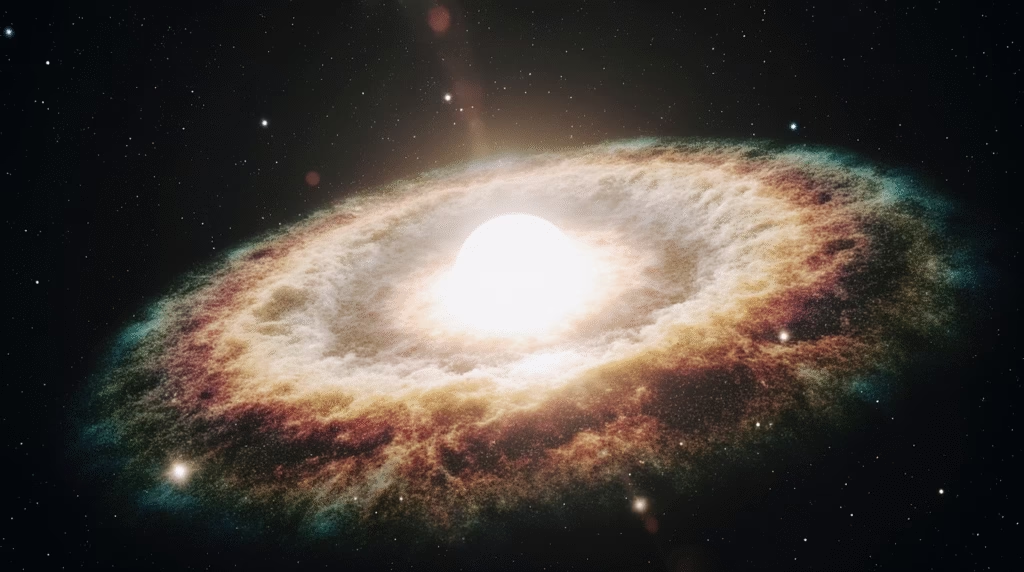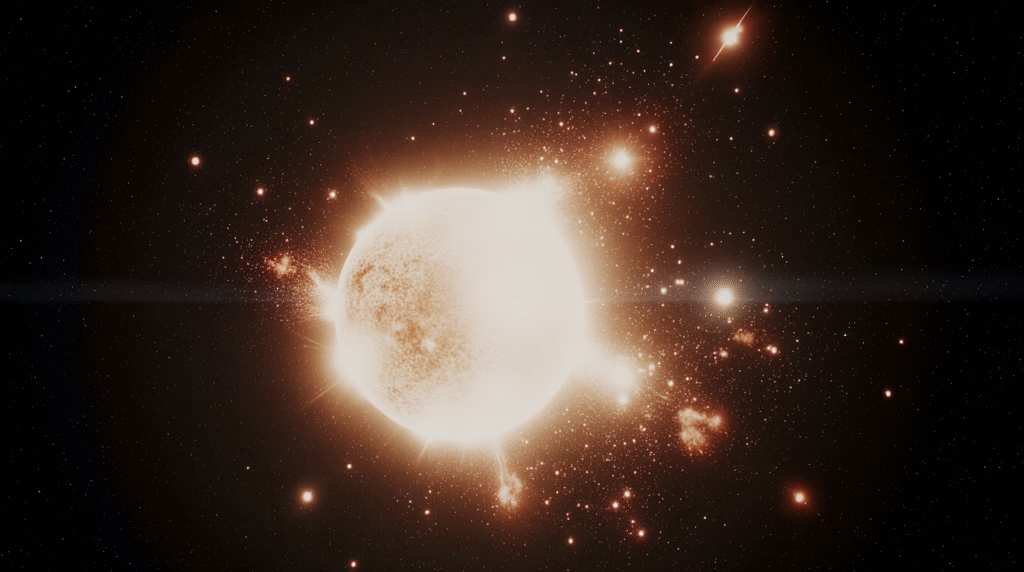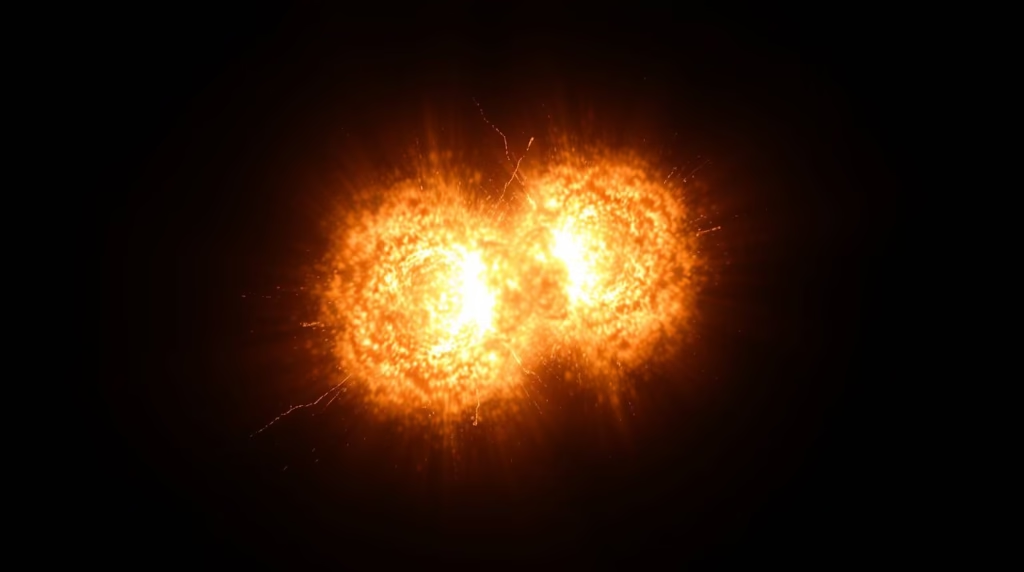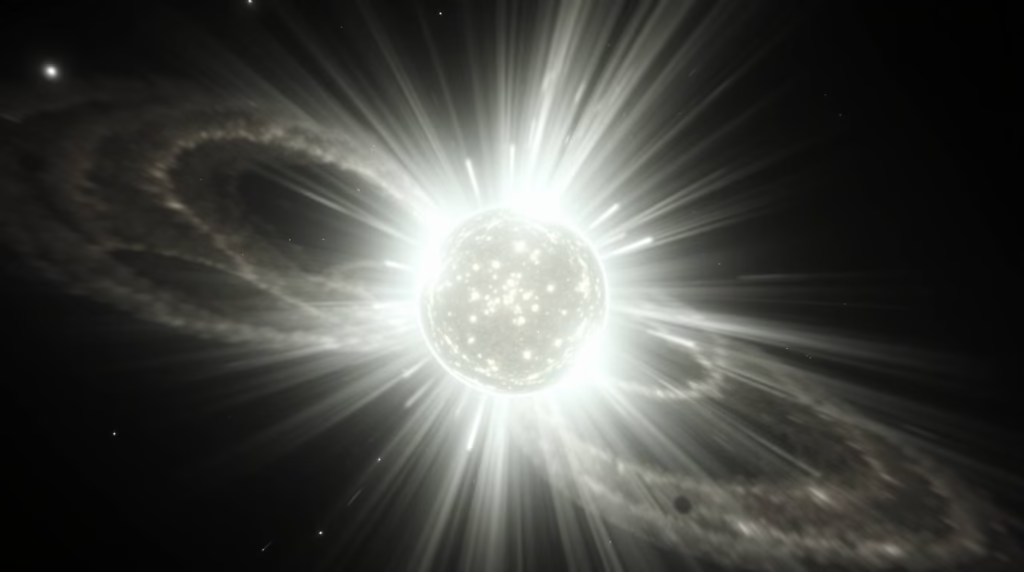Astronomers Capture First-Ever Image of a Star That Exploded Twice: Unveiling the Mystery of Double-Detonation Supernovas
Astronomers have achieved a groundbreaking discovery that is changing the way we understand the life and death of stars. For the first time in history, scientists have captured visual evidence of a dead star that experienced not just one, but two colossal explosions—a phenomenon known as a double-detonation supernova.
This captivating event, imaged with the Very Large Telescope (VLT) and its advanced Multi Unit Spectroscopic Explorer (MUSE) instrument, has revealed fascinating clues regarding stellar evolution and could finally provide answers to one of the longest-standing mysteries in astrophysics: how certain white dwarf stars undergo supernova explosions before reaching the Chandrasekhar limit.
The findings are not only scientifically groundbreaking but also visually breathtaking, offering astronomy enthusiasts a chance to witness the stunning aftermath of a star’s violent double death.
What Is a Double-Detonation Supernova?
In traditional stellar physics, Type Ia supernovas occur when a dying star, specifically a white dwarf, acquires so much additional mass that it exceeds a critical threshold known as the Chandrasekhar limit (1.4 times the Sun’s mass). Crossing this limit destabilizes the star’s core, eventually leading to a catastrophic explosion that obliterates the white dwarf.
However, the new study indicates that stars may not need to reach this threshold to go supernova. Instead, a separate sequence of events—called a double-detonation—can trigger the explosion much earlier.
Here’s how it works:
-
As the white dwarf orbits a companion star, it steals material from its partner.
-
This stolen matter, primarily helium, forms a dense outer shell around the white dwarf.
-
Once the helium layer becomes unstable, it ignites violently.
-
The first explosion sends shockwaves inward, sparking a second, more powerful detonation in the core of the white dwarf.
-
This dual process gives birth to a supernova explosion without requiring the white dwarf to surpass the Chandrasekhar mass limit.
This discovery highlights that white dwarfs can meet their end in more complex and dramatic ways than previously believed.
The Case Study: Supernova Remnant SNR 0509-67.5
The focus of this remarkable discovery was SNR 0509-67.5, the remains of a centuries-old supernova explosion located about 60,000 light-years away in the constellation Dorado, within the Large Magellanic Cloud.
When researchers zoomed in using the Very Large Telescope, they identified specific structures within the stellar debris that confirmed the theory of a two-step detonation process. This was the first time direct observational evidence supported a theory that had long been speculated but never visually proven.
The results show that even long after their explosive deaths, white dwarfs continue to provide valuable insights into the workings of the cosmos.
Why Type Ia Supernovas Are So Important
Type Ia supernovas are extremely significant in astronomy because of their role as “standard candles.”
Unlike many other cosmic events, their light output is highly uniform, making them reliable benchmarks for measuring distances across the universe. This uniform brightness allows scientists to map distances between galaxies and better understand the expansion of the cosmos.
The discovery of double-detonation white dwarfs has major implications here. If white dwarfs can explode without reaching the Chandrasekhar limit, it suggests that there may be subtle variations in Type Ia supernova brightness. This could impact how astronomers use them to calculate cosmic distances and better refine our models of the universe’s accelerated expansion.
Scientists Speak About the Breakthrough
Priyam Das of the University of New South Wales, who led the research, emphasized the importance of this breakthrough:
“The explosions of white dwarfs play a crucial role in astronomy. However, the long-standing mystery of the precise mechanism causing their explosion has not been resolved, despite their significance.
This latest discovery does not fully solve the puzzle but is a significant step forward. The double-detonation model now has strong observational support, and the stunning imagery of SNR 0509-67.5 enriches our understanding of stellar evolution.
“This physical proof of a double-detonation not only helps to resolve a long-standing mystery but also provides a visual spectacle,” Das continued.
The Cosmic Vampire: White Dwarfs and Their Companions
One of the most intriguing aspects of this story lies in the metaphor of the stellar vampire. White dwarfs often exist in binary star systems. When their companion stars expand or edge too close, the white dwarf begins feeding on its partner’s hydrogen or helium—stealing stellar material to extend its existence.
In traditional models, this theft ends in disaster once the white dwarf eats too much and grows beyond the Chandrasekhar limit. But in double-detonation cases, the feast ends prematurely with the helium layer sparking the first detonation.
Astronomers now believe both explosion types can happen, suggesting diversity in the ways white dwarfs die. Some may perish in a single supernova, while others experience two cascading blasts.
Implications for Astrophysics
The implications of this finding extend well beyond one supernova remnant. They reshape several fundamental aspects of astrophysics:
-
Cosmology and Distance Measurement
Since Type Ia supernovas are used to calculate vast cosmic distances, any variation in their formation affects our understanding of the expansion of the universe. This could refine or alter models of dark energy. -
Stellar Evolution Models
The evidence of double-detonations demands updates to existing star death models, especially regarding binary star systems and mass transfer mechanics. -
Supernova Diversity
This discovery supports the idea that there is not a “one-size-fits-all” process for supernovas. Just as stars are diverse in life, they may also be diverse in death. -
Search for Dark Matter
Because supernovae influence galactic chemical evolution and distribution of heavy elements, understanding their triggers may also provide clues for dark matter distribution patterns.
A Visual Treat for Astronomy Lovers
Aside from the scientific depth of the study, the images of SNR 0509-67.5 themselves are awe-inspiring. Glowing in breathtaking shells of gas and light, they showcase delicate yet powerful structures left behind by an event that shook its corner of the cosmos centuries ago.
Astronomy often marries science with art, and supernova remnants like this prove that the universe can be both a laboratory of physics and a gallery of beauty. The vibrant remains of SNR 0509-67.5 are not only a piece of cosmic history but also a reminder that unlike the predictable cycles of everyday life, the universe has the capacity to surprise in fiery, explosive, and spectacular ways.
Final Thoughts
The discovery of the first-ever direct image of a dead star that exploded twice has opened a new chapter in our understanding of stellar death, cosmology, and supernova physics. Stars, even in death, continue to surprise us—revealing new mysteries and reminding humanity of the vast, untamed forces that govern the universe.
The universe has always been a place of both violence and beauty. By studying phenomena like double-detonation supernovas, astronomers not only inch closer to solving profound scientific mysteries but also gift us a chance to witness some of the most remarkable and awe-inspiring spectacles nature has to offer.
for more related news visit Bulletinbuzzs



